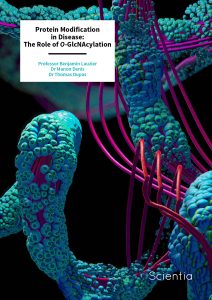Professor Benjamin Lauzier – Dr Manon Denis – Dr Thomas Dupas | Protein Modification in Diseases: The Role of O-GlcNAcylation
Professor Benjamin Lauzier, Dr Manon Denis, and Dr Thomas Dupas carry out their vital research at l’institut du thorax and the University of Nantes in France, working closely with different international partners such as the Sainte-Justine Research Center and the Montreal Heart Institute (both in Canada). Their work focuses on a particular type of protein modification called O-GlcNAcylation, which has been associated with a large number of health conditions. They are particularly interested in the role of O-GlcNAcylation with a focus on cardiac failure during sepsis.
A Closer Look at Building Proteins
Proteins are made from long chains of amino acids that are then folded in on themselves in specific ways. They are large molecules with complex structures that have many vital roles in the body. Examples include insulin which regulates blood sugar, haemoglobin which transports oxygen in red blood cells, and enzymes which work in all parts of the body, from inside cells to the digestive system.
Proteins are synthesised in cells by a process called translation. Particular types of genetic material (mRNA and tRNA) and enzymes work together to connect amino acids (the building blocks of proteins) to form a long chain (the protein). Post-translational modifications can then occur, providing the final touches to the protein-building process, before the protein then goes on to perform its designated role within the body. Post-translational modifications (such as phosphorylation, O-GlcNAcylation and ubiquitination) play a key role in biology by modifying the properties of the proteins (including activity, expression and localisation).
Professor Benjamin Lauzier, Dr Manon Denis, and Dr Thomas Dupas are all based at l’institut du thorax and the University of Nantes in France. They work closely with different international partners such as the Université Catholique de Louvain (Belgium), and the Sainte-Justine Research Center and Montreal Heart Institute (both in Canada).
They focus their efforts on a form of post-translational modification called O-linked-β-N-acetyl glucosaminylation, commonly referred to as O-N-acetyl glucosaminylation (and shortened to O-GlcNAcylation or O-GlcNAc). It involves a small sugar molecule (the monosaccharide β-D-N-acetylglucosamine) being attached to particular amino acids (serine and threonine) in the protein molecule. This process is reversible, meaning the small sugar molecule can be added and removed by specific enzymes. Recently, new molecules have been designed that can affect these enzymes and, in turn, the levels of O-GlcNAc, giving scientists new options for investigation.
Since its discovery in the mid-1980s, O-GlcNAcylation has been identified in over 8,000 different human proteins, and it has been linked to a wide range of health conditions, including neurodegenerative conditions like Alzheimer’s disease and Parkinson’s disease, as well as cardiovascular diseases, cancer, diabetes, infections and sepsis. Professor Lauzier and Dr Denis both specialise in cardiac diseases and stresses, and are driving forward our understanding of O-GlcNAc.
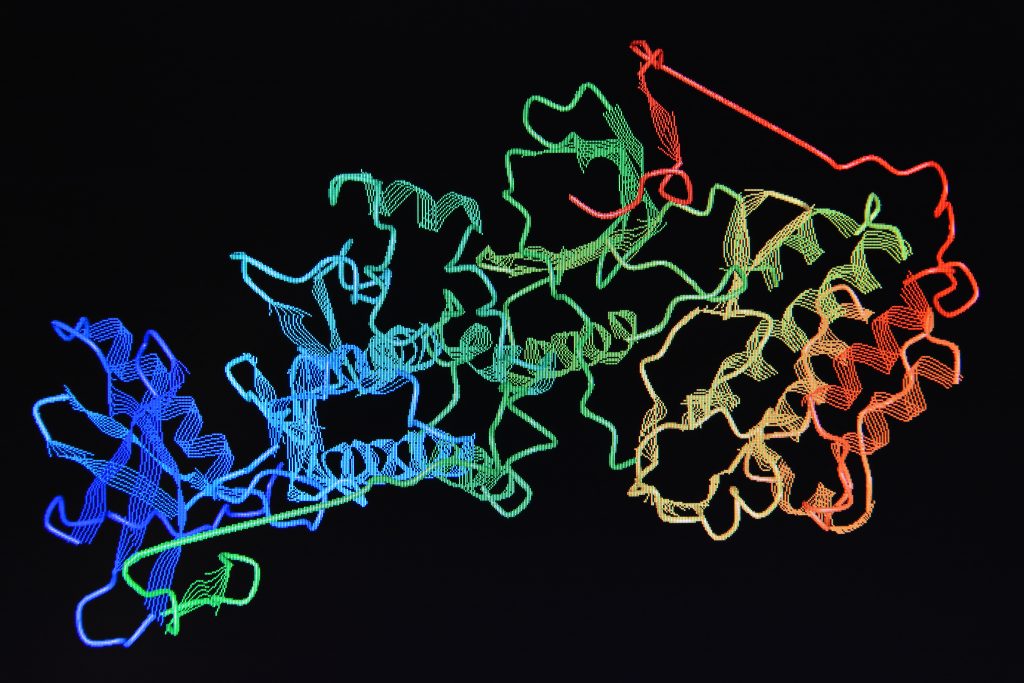
Identifying New Cardioprotective Therapies
The World Health Organization states that cardiovascular diseases are the leading cause of death globally, causing around 17.9 million deaths annually. In 2019, Professor Lauzier, Dr Denis and the team conducted a review of the current literature on O-GlcNAcylation and cardiac pathologies. They found that this particular area had been relatively underexplored, with much of the research focus being on O-GlcNAc in chronic, long-term diseases such as diabetes and Alzheimer’s disease.
They identified that the levels of O-GlcNAc can be beneficial or harmful depending on the context. High levels of O-GlcNAc are usually found in chronic diseases, where they are thought to be deleterious. However, levels are also high during acute physiological stresses in the body, like ischemia-reperfusion (when blood supply is restricted to a particular tissue and then re-established) or haemorrhagic shock (when a person loses a large volume of blood), in which the pharmacological increase in O-GlcNAc is reported to be beneficial.
The team reasoned that in the context of acute stresses on the body, being able to increase the levels O-GlcNAc could potentially represent a new cardioprotective therapy to prevent the heart from being damaged in particular situations. However, they warned that the potentially negative effects would need to be properly identified before any therapy could be used in the clinical setting.
Professor Lauzier and his colleagues were able to investigate this particular post-translational modification in the wake of new analytical tools which had recently been developed, as well as new molecules designed to increase the levels of O-GlcNAc. They saw that these advances would allow them to gain a better understanding of the mechanism associated with the beneficial effects of increased levels and also the exact role of O-GlcNAc on protein function.
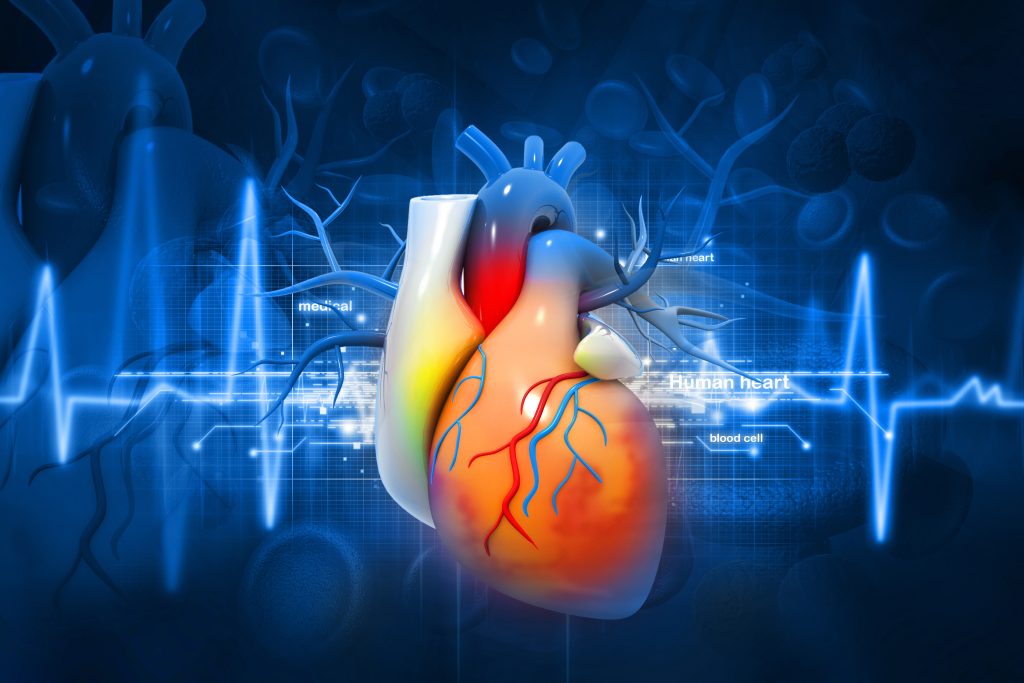
Investigating O-GlcNAc During Postnatal Development
Professor Lauzier and Dr Denis later teamed up with Dr Dupas to investigate O-GlcNAc levels using animal models (rats). O-GlcNAc is considered to be a nutrient sensor impacting the ability of cells to recognise and respond to different fuel sources, like glucose. A cell will only produce the molecules required to deal with a particular fuel at that time so it can conserve resources.
The researchers noted that in the womb, rats receive most of their fuel as carbohydrates, whereas after birth, this is switched to fatty acids from the mother’s milk. As adults, the rats then receive their metabolic sources from a combination of both carbohydrates and fatty acids. So, they assessed the changes in O-GlcNAc levels as well as the enzymes and metabolites which regulate the process during the first stages of the rats’ lives. They aimed to determine the impact of O-GlcNAc on cardiac proteins. They checked O-GlcNAc levels in the heart, brain, and liver of the rats at various stages of development up until they were 84 days old.
They found that O-GlcNAc levels decreased drastically and progressively in the heart tissue from birth to day 84, with the complete opposite happening in the liver and brain. They concluded that O-GlcNAc levels in any of the tissues were unaffected by the rats’ diet and that the production of enzymes and metabolites regulating O-GlcNAc was dependent on the particular tissue.
Their vital research also identified changes in particular O-GlcNAcylated cardiac proteins that are involved in stress responses and energy metabolism. These proteins only had this post-translational modification when the rat pups were very young, suggesting a specific role of these proteins at this given age, and opening up more potential avenues of research.
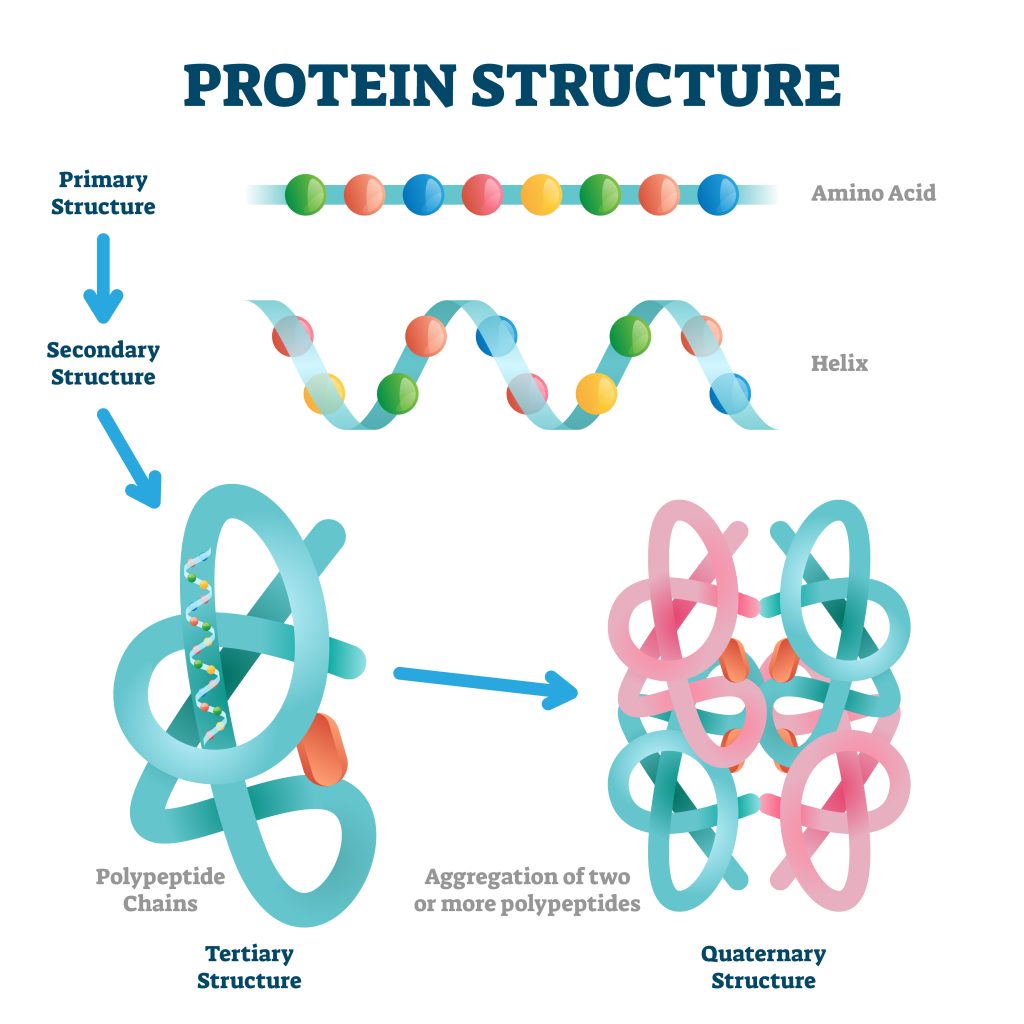
Tackling Another Killer
Sepsis is a life-threatening condition that occurs when the body has an extreme response to an infection. According to the World Health Organization, in 2017, there were estimated to have been around 48.9 million sepsis cases and 11 million sepsis-related deaths worldwide. This accounted for about 20% of all global deaths in that year. Shockingly, around half of these cases occurred in children, with 20 million cases and 2.9 million deaths globally, sadly being in children under five years old.
With a new understanding of O-GlcNAc levels, Professor Lauzier, Dr Denis and Dr Dupas continued their ground-breaking research, this time investigating O-GlcNAc levels and sepsis. They found that sepsis in children is something that has been less well studied despite this population being at particular risk. Children have a different metabolism from adults so sepsis models – and research was urgently needed to reflect this.
The team continued to use animal models, finding that stimulating O-GlcNAc levels were beneficial in adult septic rats. However, since this post-translational modification was higher anyway in young rats, they reasoned that the therapeutic potential of this method could be limited in this age range. As such, they evaluated whether O-GlcNAc stimulation could improve the outcome of young rats with sepsis.
Professor Lauzier and his colleagues used two groups of 28-day-old rats (comparable in age to young children). One group was used as a control to ensure a fair comparison, and the rats in the other group were given an injection to induce sepsis. The rats in this group were then assigned to receive no therapy, just fluids or fluids plus NButGT, a substance that increases O-GlcNAc levels.
They carefully monitored the rats, recording various physiological parameters such as arterial blood pressure (given that low blood pressure occurs during sepsis) and then mapped the cardiac O-GlcNAcylated proteins. Their results showed that the induced septic shock resulted in a decrease in the mean arterial pressure and altered biological parameters. Treatment with NButGT compared to just fluid therapy was associated with an improvement in arterial pressure, so Professor Lauzier and his colleagues were able to conclude that O-GlcNAc stimulation does improve the outcomes of young septic rats. They also identified a particular enzyme called ATP citrate lyase amongst the O-GlcNAcylated proteins and that many of these proteins were mostly involved in the metabolism of the cell, adding more pieces to the puzzle of the role of O-GlcNAc.
What Lies Ahead
In 2022, Professor Lauzier, Dr Dupas and colleagues teamed up again to check for new information relating to O-GlcNAc, since the development of new analytical tools and molecules which can affect the levels. They conducted another literature review to further decipher the role of O-GlcNAc, and in particular, better understand its involvement in the development of diseases and the potential for a role in the development of new therapies to modulate O-GlcNAc levels.
Their review provided a detailed overview of the current tools that are available which allow the study of O-GlcNAc and the identification of O-GlcNAcylated proteins. They also discussed pharmacological modulators, approaches for studying O-GlcNAc levels, and O-GlcNAcylomic profiling.
Professor Lauzier, Dr Denis, and Dr Dupas propose that despite the development of several approaches over the last three decades, knowledge of the role and regulation of O-GlcNAc remains unfortunately limited. They argue that contributing to a better understanding of the methods used for studying O-GlcNAcylation will promote the development of new strategies for exploring this particular post-translational modification which may be critical to a wide range of health conditions and diseases.
SHARE
DOWNLOAD E-BOOK
DOWNLOAD FRENCH E-BOOK
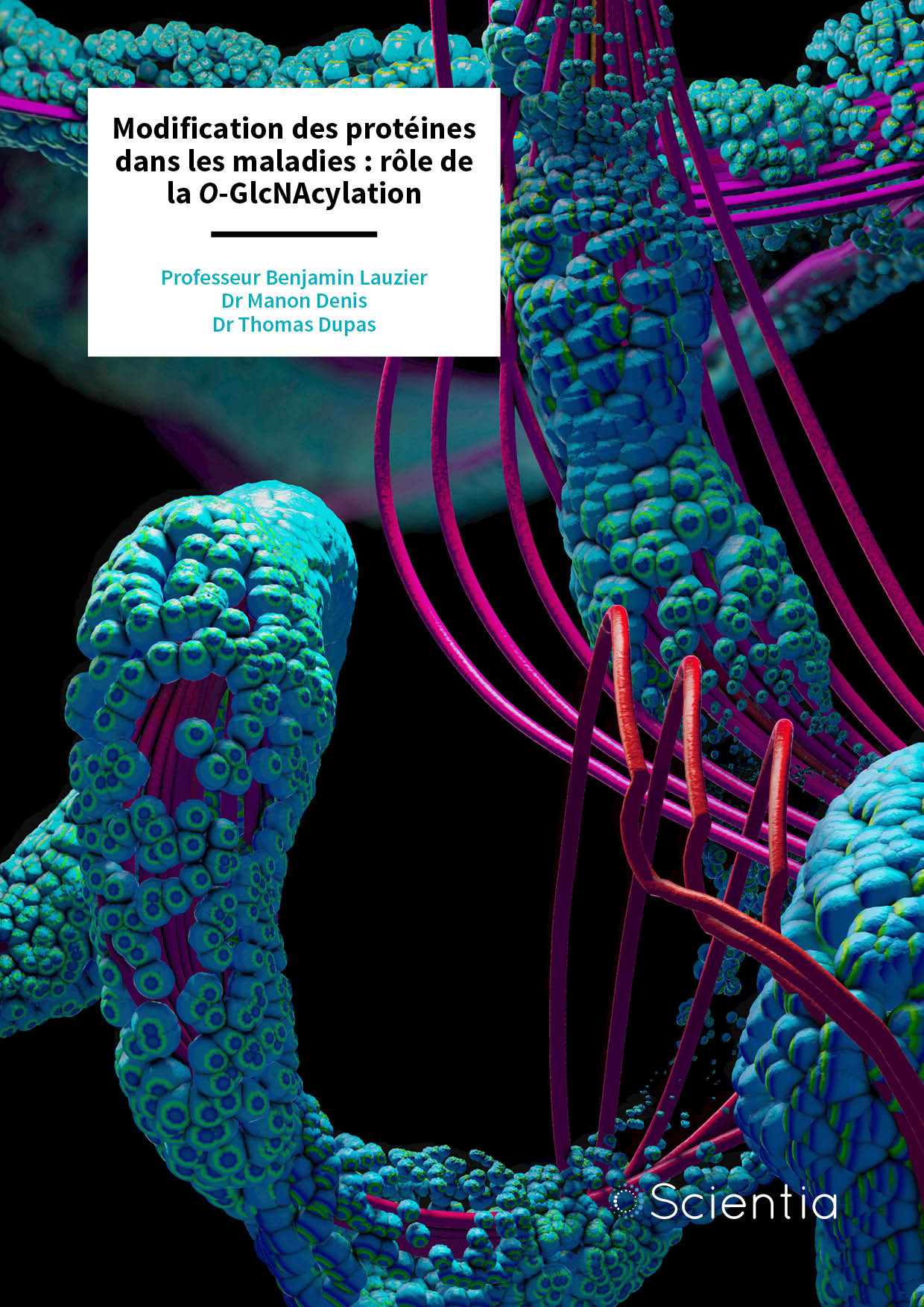
REFERENCE
https://doi.org/10.33548/SCIENTIA944
MEET THE RESEARCHERS

Professor Benjamin Lauzier
L’institut du thorax
Nantes University
Nantes
France
Professor Benjamin Lauzier holds his primary appointment at l’institut du thorax at Nantes University in France. He is also an invited professor at the Department of Medicine at Montreal University and an invited researcher at the Sainte-Justine Research Center (both in Montreal, Canada). His area of specialism is cardiac pathophysiology and acute cardiac failure. In particular, he investigates the links between metabolism, cardiac function, and adaptations to acute stress. He has published widely in these fields and has received several grants and awards to date. In 2007, he gained his PhD from the Faculty of Medicine at Dijon University in France. In 2004, he received his MSc in Immunology and Physiology and in 2001, his BSc in Physiology, also from Dijon University. Between 2007 and 2011, he undertook postdoctoral research at the Montreal Heart Institute.
CONTACT
E: benjamin.lauzier@univ-nantes.fr
LinkedIn: https://www.linkedin.com/in/benjamin-lauzier-a603b633/

Dr Manon Denis
Dr Manon Denis is a medical doctor at Nantes University Hospital in France. She is currently working on her PhD at l’institut du thorax in Nantes and the Sainte-Justine Research Center in Montreal, Canada. She specialises in paediatric intensive care and congenital cardiopathy, with her current research focusing on acute cardiovascular dysfunction associated with stresses such as sepsis. She is also working towards a Fellowship in Paediatric Intensive Care and has achieved two Specialised Diplomas at Bordeaux University in France. In 2021, she received an award from the French Paediatric Society Research. She gained her Doctorate in Medicine as well as a Diploma in Paediatrics at Caen University, France, in 2019. A year before this, she completed her MSc at Nantes University.
CONTACT
E: denis.manon89@gmail.com

Dr Thomas Dupas
Dr Thomas Dupas recently received his Doctorate in Biology from Nantes University. In 2019, he received his MSc in Biology, Biotechnology, and Therapeutic Research at the University of Nantes, where he also completed his BSc in Biology, Biochemistry, Cell Biology, and Animal Physiology with a focus on cardiovascular risk. In 2019, he received a rare and highly prestigious doctoral fellowship from the Direction Générale de l’Armement and Région des Pays de la Loire to work on the interest of the O-GlcNAcylation stimulation in haemorrhagic and septic shock. He will carry out a postdoctoral internship at the Sainte-Justine Research Center in Montreal, Canada.
CONTACT
E: thomasdupas.pro@gmail.com
LinkedIn: https://www.linkedin.com/in/thomas-dupas-68826b145/
KEY COLLABORATORS
Arnaud Tessier – CEISAM Institute, Nantes University, France
Tarik Issad – Institut Cochin, France
Luc Bertrand – Université Catholique de Louvain, Belgium
Christine des Rosiers – Institut de Cardiologie de Montréal, Canada
Yan Burelle – University of Ottawa, Canada
Aaron Olson – Seattle Children’s Research Institute, USA
Jean-Sébastien Joyal – Sainte-Justine Research Center, Canada
Serge McGraw – Sainte-Justine Research Center, Canada
FUNDING
Direction Générale de l’Armement (Paris, France)
Agence Nationale de la Recherche (Paris, France)
Société Française d’Anesthésie et de Réanimation (Paris, France)
Fondation d’entreprise Genavie (Nantes, France)
Fédération française de cardiologie (Paris, France)
Association Sauve ton cœur (France)

REPUBLISH OUR ARTICLES
We encourage all formats of sharing and republishing of our articles. Whether you want to host on your website, publication or blog, we welcome this. Find out more
Creative Commons Licence (CC BY 4.0)
This work is licensed under a Creative Commons Attribution 4.0 International License. 
What does this mean?
Share: You can copy and redistribute the material in any medium or format
Adapt: You can change, and build upon the material for any purpose, even commercially.
Credit: You must give appropriate credit, provide a link to the license, and indicate if changes were made.
SUBSCRIBE NOW
Follow Us
MORE ARTICLES YOU MAY LIKE
How Food Environments Shape Our Eating Habits
How we eat dramatically impacts our health, yet millions of Americans live in ‘food deserts’ – areas with limited access to fresh, nutritious food. Recent research reveals that solving this crisis requires looking beyond just physical access to food to understand how our entire community environment shapes our dietary choices. Through a series of pioneering studies, Dr Terrence Thomas and colleagues at North Carolina A&T State University have been investigating how different aspects of our food environment influence what we put on our plates. Their findings suggest that creating lasting change requires reimagining how communities engage with food at every level.
Dr Jim Wu | Ziresovir Offers New Hope for Treating Respiratory Syncytial Virus Infections
Respiratory syncytial virus (RSV) causes respiratory tract infections in children and adults. While for many patients the outcomes of infection are mild, for others, infection can prove fatal, and there is a lack of effective treatments. Dr Jim Wu from the Shanghai Ark Biopharmaceutical Company in China carries out his vital research to develop new, safe, and effective treatments to tackle this killer.
Dr Sandra Grumelli | The Importance of the Choline in Chronic Lung Infections
People with chronic lung conditions like COPD and cystic fibrosis are vulnerable to lung infections caused by the bacterium Pseudomonas aeruginosa. These infections are often difficult to treat and can cause sudden worsening of symptoms, known as flare-ups or acute exacerbations. While we know P. aeruginosa triggers inflammation and damage in the lungs, much less is understood about how exactly it causes these flare-ups, or how it survives in such a harsh environment. Dr Sandra Grumelli from the Center of Investigations of Respiratory Diseases in Argentina, has explored the role of a common molecule called choline which is released during infection. Using a combination of mouse models and laboratory experiments, she has discovered that choline not only makes breathing harder, it also helps P. aeruginosa adapt to and persist in the lungs. Her research opens up new possibilities for tackling chronic infections by targeting the bacteria’s energy use and the way it responds to its environment.
Can Your Personality Shield Your Mind From Ageing? How being open to new experiences might protect against cognitive decline as we age
Many of us have witnessed the troubling effects of ageing on the mind in older friends or family members – the forgotten names, the misplaced keys, the struggle to solve problems that once seemed simple. For decades, scientists have accepted cognitive decline as an inevitable part of growing older. But what if our personality could protect us from some of these changes? A remarkable 25-year study by Dr David Sperbeck, a neuropsychologist at North Star Behavioral Health Hospital in Alaska, has uncovered compelling evidence that certain personality traits might act as a shield against age-related cognitive decline.

